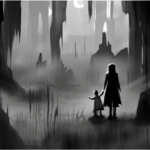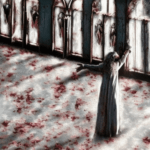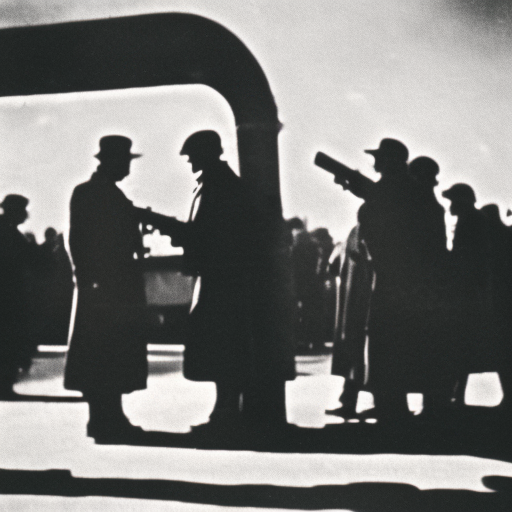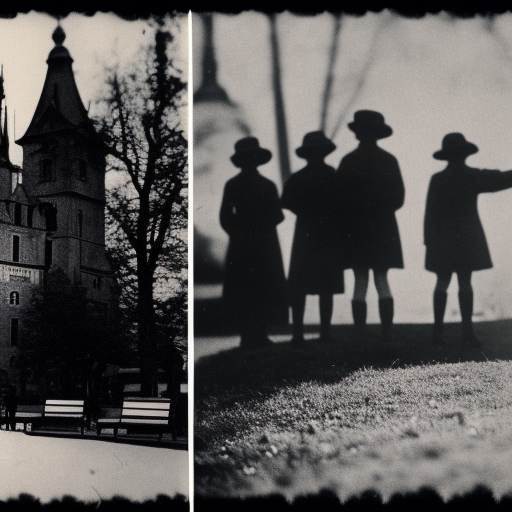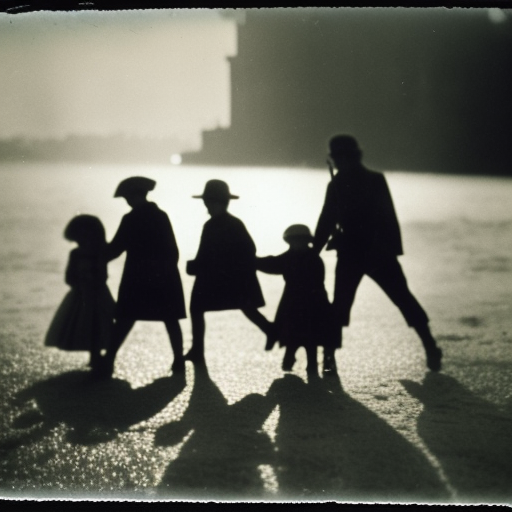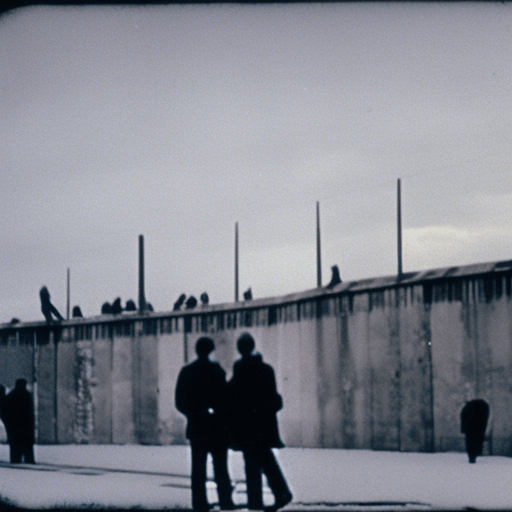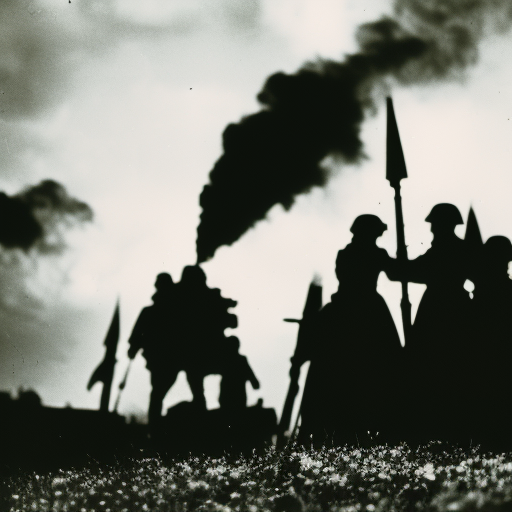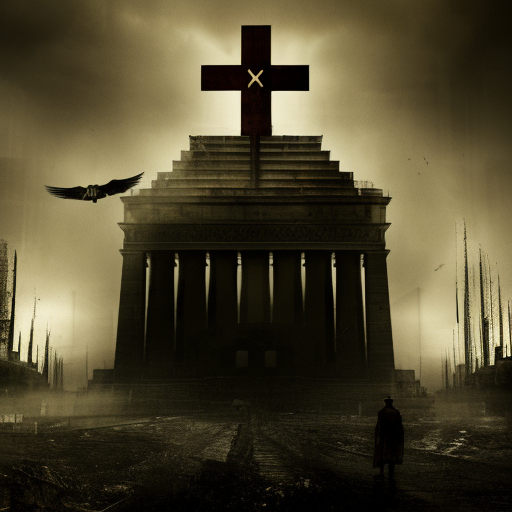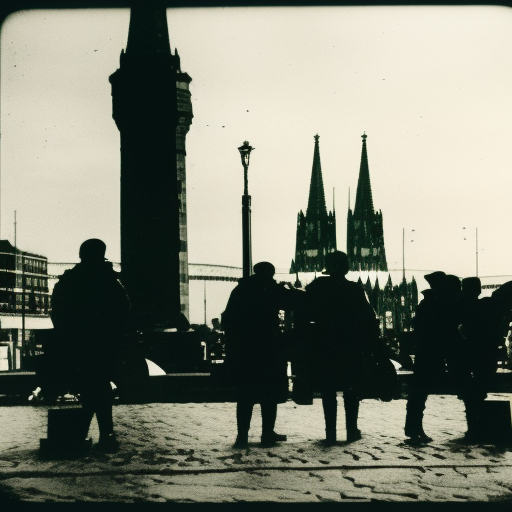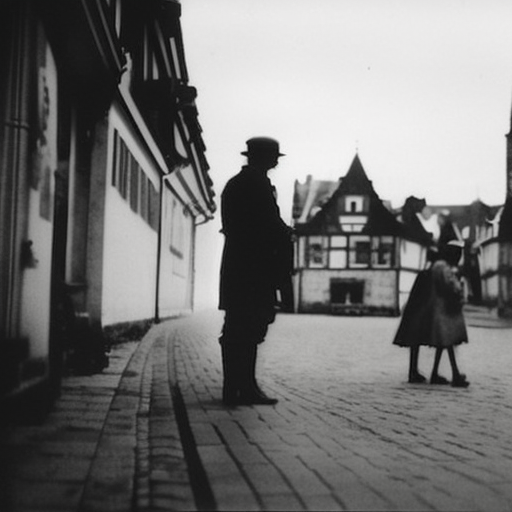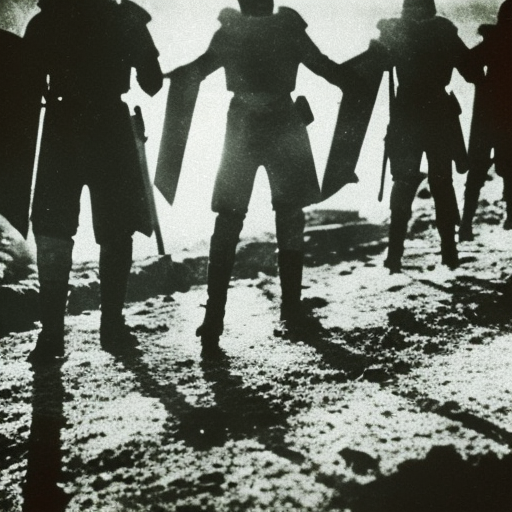The Anschluss (1938) refers to the annexation of Austria by Nazi Germany, marking a significant step towards Adolf Hitler’s goal of creating a Greater German Reich.
The Weimar Republic (1919-1933) Explained
The Weimar Republic was a short-lived democratic government in Germany that faced political instability, economic crisis, and ultimately paved the way for the rise of the Nazi Party.
The Ottonian Dynasty Explained
The Ottonian Dynasty was a medieval German dynasty that ruled the Holy Roman Empire from 919 to 1024.
The Fall of the Berlin Wall (1989) Explained
The Fall of the Berlin Wall in 1989 marked the end of the Cold War and the reunification of East and West Germany.
Battle of Nördlingen Explained
The Battle of Nördlingen was a decisive clash during the Thirty Years’ War, resulting in a major victory for the Catholic forces and a turning point in the conflict.
The Rise and Fall of the Third Reich: A History of Nazi Germany Summary
The Rise and Fall of the Third Reich” by William L. Shirer is a comprehensive history of Nazi Germany, chronicling its ascent to power and ultimate downfall.
Cologne War Explained
The Cologne War was a conflict in the 16th century between Protestant and Catholic forces over control of the city of Cologne in Germany.
War of the Jülich Succession Explained
The War of the Jülich Succession was a conflict in the late 16th century over the inheritance of the Duchy of Jülich.
Stones from the River Summary
‘Stones from the River’ by Ursula Hegi is a poignant and powerful novel that explores the life of a dwarf woman in Nazi Germany.
Die Wende Explained
‘Die Wende’ refers to the peaceful revolution in East Germany that led to the fall of the Berlin Wall and the reunification of Germany.
Stedinger Crusade Explained
The Stedinger Crusade was a medieval conflict in northern Germany between the Stedinger peasants and the Archbishop of Bremen.
Battle of Verdun Explained
The Battle of Verdun was a brutal and protracted World War I battle fought between Germany and France, resulting in massive casualties and no significant territorial gains.




